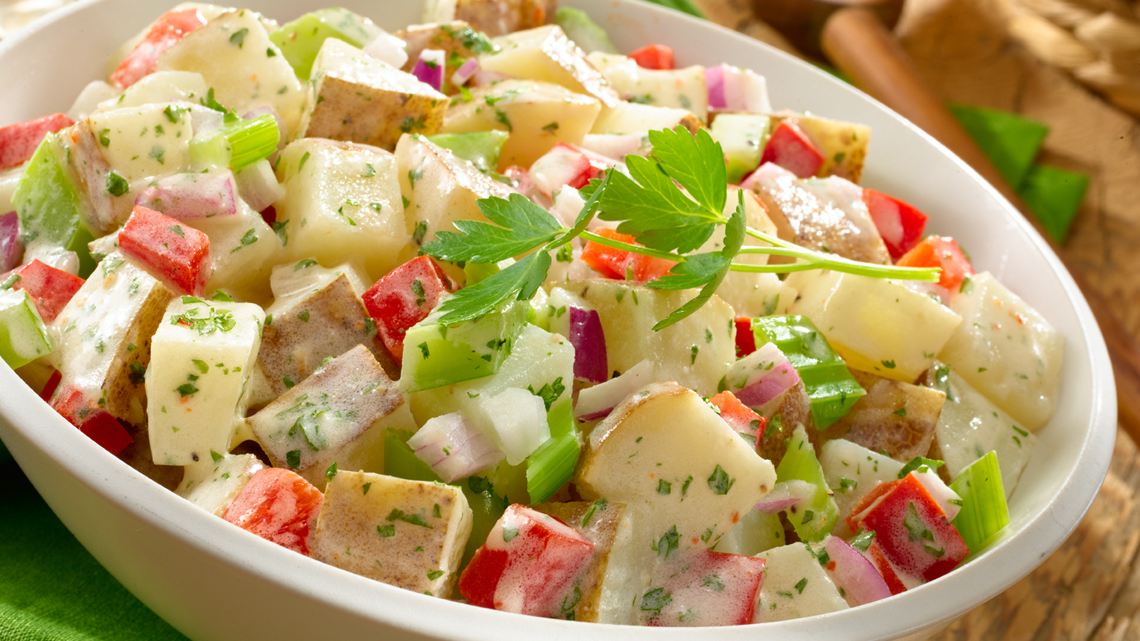
Salad at first glance looks a culinary work quite easy to achieve, but in fact, it is much more than that. A good salad must be prepared with a sense of balance and moderation. A little more of one or another ingredient and the salad can turn into not so good start of our menu. When cooked with attention to detail and culinary flair, salad can be a real culinary art.
No matter what ingredients are included, a good salad should be a balance of several key flavours and textures. A salad does not necessarily contain a long list of products, but it is good if there is variety in it. There must be 3-4 different textures and flavours in proportion.
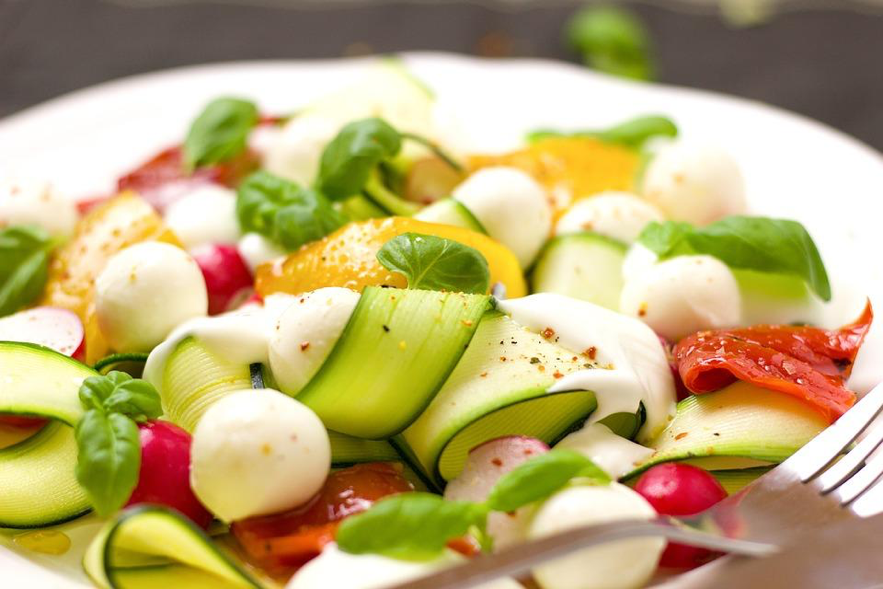
Of course, the green salad is prepared mainly of green leafy vegetables. No matter whether we use an iceberg salad, or we choose another kind of cabbage, red or green lettuce, the green base of our salad must be as fresh as possible. Preferably, most of the vegetables in our salad should be just picked.
Exceptions are salads such as salad with dried spinach and bacon, or salad with stewed kale. The various combinations of leafy plants, skillfully combined, are a great way to introduce variety and freshness into our salad. That is why we should not limit ourselves to just one kind of cabbage.
For some people, a good dressing outweighs the salad, with which it is served. A classical Italian dressing combines olive oil with vinegar and aromatic spices and herbs. But in the Italian cuisine, the creamy dressings based on cream are also popular. Just like the green leafy vegetables, the dressing should also be made up of high-quality ingredients.
The use of high-grade balsamic vinegar, light olive oil, and crushed black pepper will give a much more different result than the use of plain apple vinegar and oil. As most of you probably already know, one of the secrets of the unique taste of the Italian dishes lies exactly in this – the exceptional freshness of the products. And, unlike for other meals, for the salads, freshness is of a paramount importance.
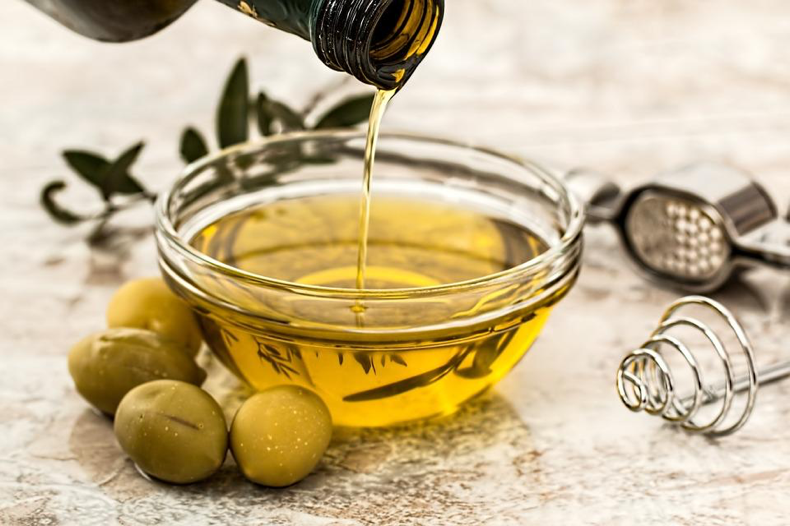
As for the toppings, some of the popular combinations of the Italian salads use grated carrots and croutons as well as grated cheese. But in the Italian cuisine, the role of the toppings is to complement the flavour rather than to be the ‘center of the show’. In other words, the right combination is what matters. The well-chosen topping can make a seemingly simple salad just irresistible.
For example, if in our salad there are grated citrus peel and dried figs, finely grated strips of highly fragrant ‘Parmigiano Reggiano’; are an excellent supplement. The salty and specific flavour of the cheese is in contrast with the sweetness and aroma of the citrus and figs, which undoubtedly makes the salad a temptation for the senses with a trace of Mediterranean flavour.
Here are other examples of appetizing combinations. Crispy, lightly baked nuts on a pan, are going well with the soft structure of Gorgonzola cheese. Small bits of brittle creamy cheese brie blend perfectly with juicy apples and pears. Creating a contrast in the salad is a typically Italian way to get the best of both tastes in the combination.
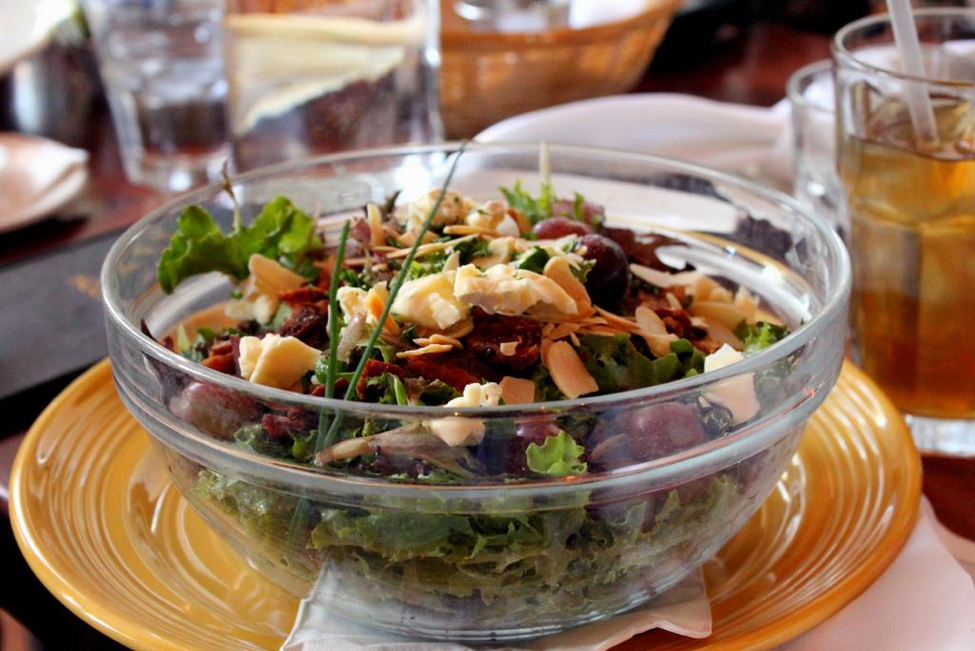
To our happiness, Italian chefs share their subtleties of the preparation of original Italian salads. We all know that green leafy vegetables need better washing, especially the spinach.
Italian chefs overcome this problem by washing the leaves some time before they start preparing the salad. They avoid washing the leaves just before adding them to the salad. After washing them with icy cold water, they let them drain well on the sieve. Once they have drained well, the chef will lightly dry them with a clean, dry cloth before cutting them.
The time to add the dressing is also of a key significance to the end result. The dressing should not be added too early, or too late, as we risk our salad to lose its freshness.
Adding a small quantity of dressing and a good stirring, so that every leaflet is covered, is anyway, the right way to flavour the salad. If, however, we are pressed by the time, in order to be faster, we can use salad clips or spoon.
A good variant is, at the beginning, to add less dressing than the necessary quantity. We should not overdo the dressing. After that, when we have stirred it and tasted it, we can add more dressing. This is done, to avoid overdoing the dressing, as dressing we could always add, but cannot remove it from the salad.
Once we have distributed the finished salad in separate utensils, we can add the toppings for a more professional finish.
The Culinary Richness of the Italian Cuisine
Italy is a small country. In fact, its territory is the same size as the area of California. But, it has gathered in itself such a culinary abundance, as every region offers its own traditional recipes.
As some of you are already convinced, the Italian cuisine is not only pizza and pasta. It is exceptionally abundant in tastes and flavours. For the formation of the classical Italian cuisine, such, as we know it now, the merit goes to the Northern region, as well as to the Western region of Italy.
Which are the most famous Italian salads and where to find them?
Of course, undoubtedly, the answer is in some of the regions of Italy. As the salads in the Italian cuisine are innumerable, we will mention the most popular ones.
Toscanа – Panzanella Salad
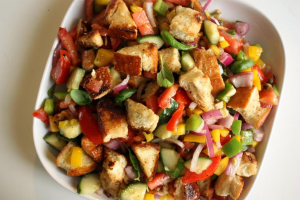
This, easy-to-prepare salad is a brilliant example of how a typical farm dish has become a dish of a world popularity. It is popular in other parts of Central Italy too.
Panzanella is a good decision to make use of the left-over from the previous day and at the same time to achieve a well-worthy, even for the fastidious tastes, rich dish. Panzanella is a traditional summer salad, which includes tomatoes, onion, basil, lettuce, olives, mozzarella and chunks of old bread soaked in a dressing of olive oil, vinegar, salt, pepper.
Some modern variations of the recipe include red and white wine, capers, celery, carrots, anchovy, cucumber, tuna, parsley, boiled eggs, peppermint, pepper, lemon juice, garlic.
Capri and Campania – Insalata Caprese
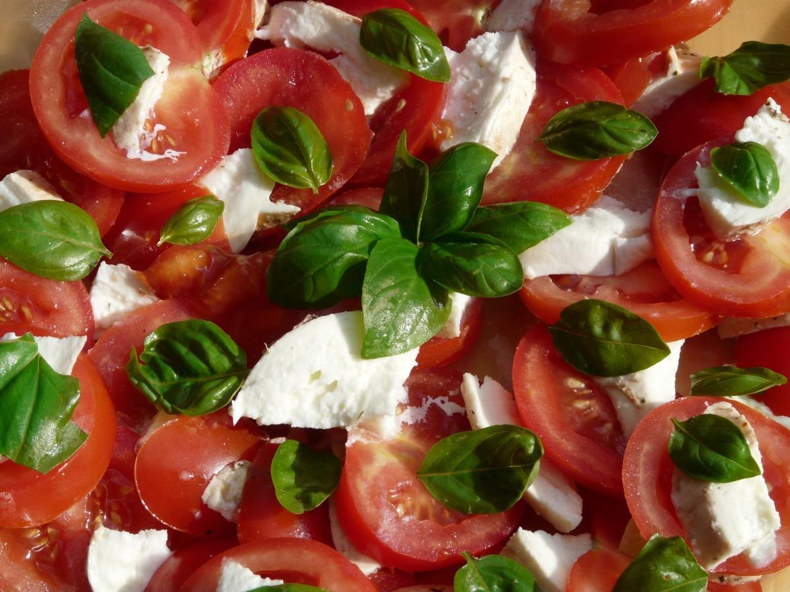
This simple salad combines some of Italy’s most symbolic foods like olive oil, mozzarella, tomatoes and Balsamic Vinegar. It originates in the Island of Capri when in 1950, King Faruk orders his personal cook to make him an afternoon snack, and he served him Caprese sandwich.
The King was extremely satisfied with the sandwich and most of all with the delicious combination of mozzarella, tomatoes, pesto and the fresh basil, which, subsequently turned into a preferred salad for the region of Capri, and after years, a cult for whole Italy
Currently, it is prepared mainly in the Campania region. Some variations of the recipe include olives, ruccola, lettuce.
Salad Antipasto
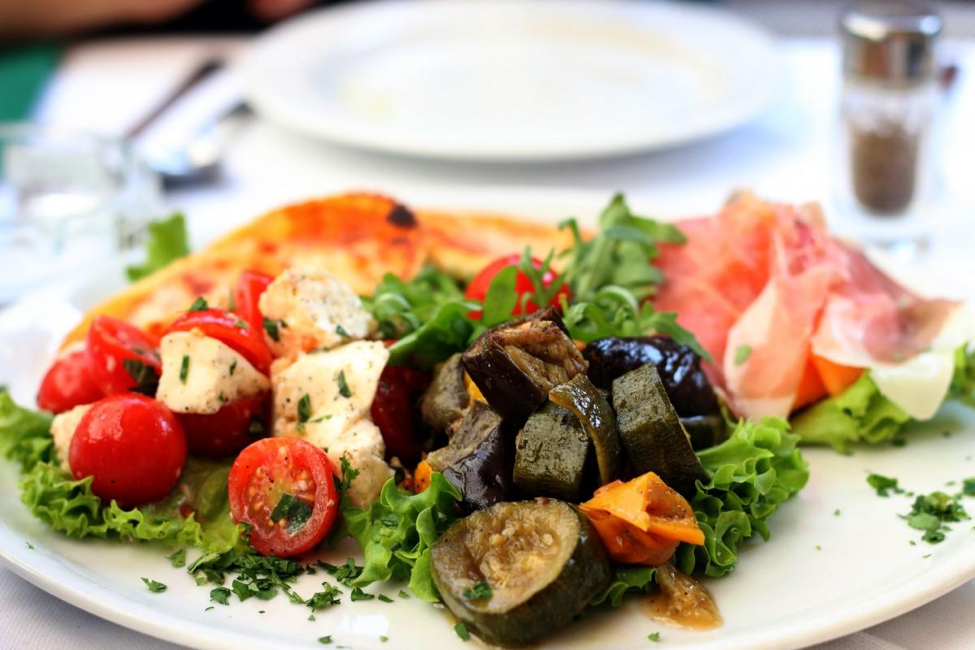
As its name implies, the traditional salad antipasto is served at the very beginning, as a starter. For the salad antipasto, there aren’t any precise evidence where it derives from.
The antipasti originated in Medieval Italy. This fact imposes on it a great responsibility accordingly.
Same as a showman, it has to attract the attention of its audience as soon as it appears; we, as a host, have to impress our guests at the very beginning. Therefore, our salad should be prepared properly.
Antipasto salad contains all kind of antipasto food, which is served separately as a starter.
It is prepared of Radicchio, lettuce, ruccola, prosciutto, tomatoes, olive oil, parmesan, lemon juice, ham, salami, mozzarella, black olives, pepperoncini and Italian dressing.
It is important to note, that every region has its own ingredients to add in the antipasto salad, as it has its own unique produce.
Northern Italy
In Northern Italy, in the antipasto salad, baked onion with Balsamic vinegar and mortadella, as well as Prosciutto Di Parma, are included. That region of Italy is famous for its thick and rich creamy sauces, polenta, stuffed meat, and risotto. The region is characterized by the use of butter in the dishes.
Situated close to the foot of the Italian Alps, Northern Italy has a cool climate, thanks to which, a wide variety of salami is produced, among which is the popular prosciutto as well.
As the mountain pastures prevail there, over the plains, the region is famous for its great production of cheese as well. The milk from the cows, sheep, goats that are bred there, goes for the production of Parmigiano Reggiano, Pecorino, Asiago and Gorgonzola, which took its name from the name of the village, from which it derives.
They, on their side, are a part of a number of salads of the region, among which is the antipasto. All these products like cheese, ham, bacon, could also be found in a variety of salads, which have a unique taste.
Central Italy
Here the antipasto is prepared with hard pecorino from Rome, Florentine bruschetta and stuffed cherry tomatoes
Southern Italy
The Southern Italian cuisine reflects the bright and full of life Mediterranean taste.
Here, the focus is mainly on the fresh produce like green salads and fresh seafood. There, the antipasto is prepared with the soft cheese burrata, mozzarella, and olives.
The Southern Italian cuisine is characterized with pungent tomato sauces, stewed seafood, as well as the use of olive oil. The region, thanks to the warm climate, is famous for its great production of peppers, aubergine, tomatoes, which form the base of the famous dishes there.
These are, for example, the aubergines parmigiana, sauce marinara, and minestrone, spiced with fresh condiments, are simply a classic of the region. Thankfully to the abundant production of excellent tomato sorts, the famous-all-over-the-world pizza was born as well.
The Region of Sicily
In Sicily, the antipasto salad includes raisins, garlic, capers, aubergine, artichoke, herbs.

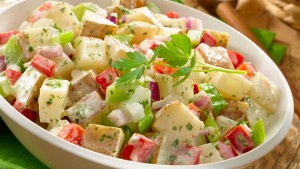
![[:bg]Италиански салати[:en]Italian salads[:] | Leonardo Bansko](https://leonardobansko.com/wp-content/uploads/2018/07/Италиански-салати-945x385.jpg)